There is a wide variety of garden vines in the world, but clematis deserve special attention. They are characterized by surprisingly large flowers, graceful shoots and a bright green mass that sets them apart from other plants in the garden. But when growing a crop, you need to know about all the stages of clematis care. Preparing for winter is the most important of them.
Content
general information
Because of their amazing appearance, clematis can compete even with rose bushes, orchids or other lush flowers. But many gardeners refuse to plant this creeper, due to a simple reason - she is too capricious and picky about the conditions of detention. The main difficulty in growing is not only specific care, but also the need to prepare the culture for wintering. In order for the plant to survive in the middle lane, it needs to provide reliable shelter. It is created taking into account climatic features and varietal signs of clematis.
Care in the fall and preparation for winter are closely interconnected, so you need to start the preparatory work in August. If you do not adjust the care and take appropriate measures, a magnificent climber will not be able to survive the onset of cold weather.
At the preparatory stage, it is necessary to carry out such activities:
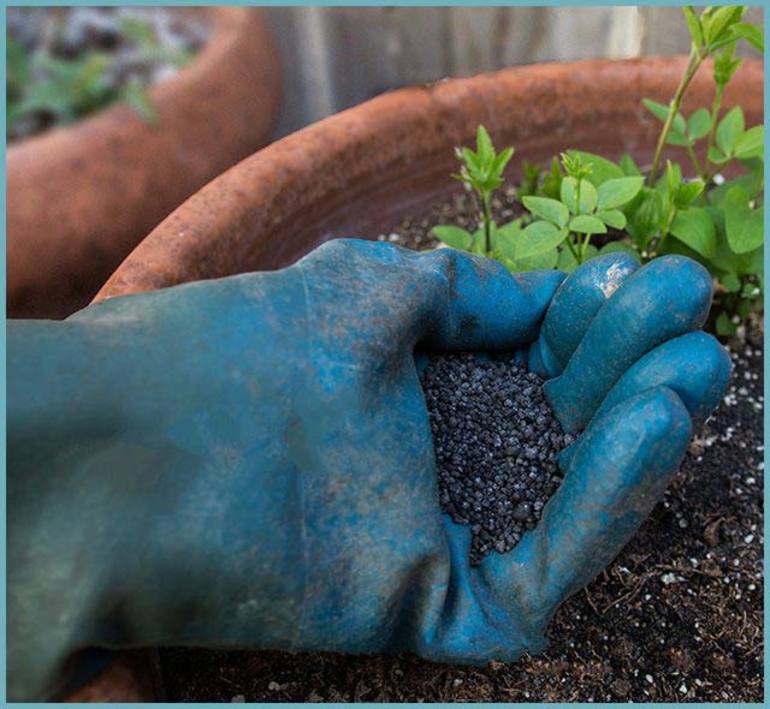
- In early August, the regime of applying fertilizing to the soil should be reviewed, abandoning nitrogen-containing compounds, as well as mineral mixtures containing this element.
- In September, all varieties of lianas are fed phosphorus-potassium fertilizers, which contribute to the rapid maturation of shoots, as well as the effective development of immunity before winter.
- A couple of weeks before the onset of sustained cold weather with a temperature mark below 10 degrees, you should proceed to trim measures.
The process of preparing for wintering consists of several stages. Among them:
- Pruning.
- Treatment.
- Warming.
It is important to have time to hold them long before the onset of cold weather, preferably in late August or early September. In the autumn, the bushes and the soil around them are treated with foundationazole diluted in 10 liters of water, as well as wood ash. The earth around the vine is carefully loosened to a depth of 15 centimeters, and the bush itself is covered with peat, humus or compost.
Trimming Types
Being interested in the intricacies of preparing clematis for winter, it is necessary to deal with existing types of autumn pruning. Such events are intended for the normal development and formation of the root system. Depending on the purpose, trimming can be:
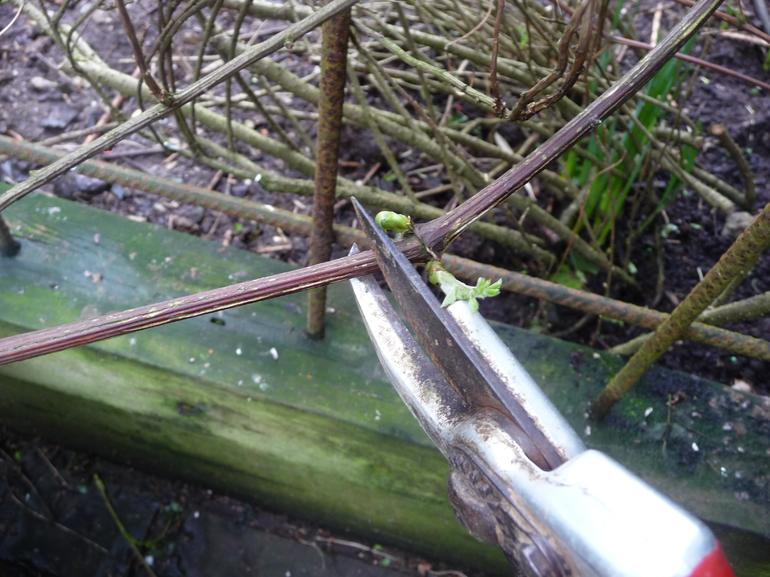
- Sanitary - involves cleaning the culture from damaged or dead lashes.
- Formative - used to give shape to the bush, improve metabolic processes and the growth of peduncles.
- Winter - allows bushes to cope with winter cold and strengthens resistance to freezing.
If you cut such a garden plant in time, it will greatly simplify further preparation for the cold and protect it from frost. In addition, the correct execution of the procedure is the best stimulation of the rejuvenation of old shoots. With the advent of spring, young shoots will grow on them, on which flower buds will form.
Varietal Features
The need for pruning depends on the timing of flowering, as well as on the varietal characteristics of clematis. Winter care, including cutting procedures, is carried out according to the following principles:
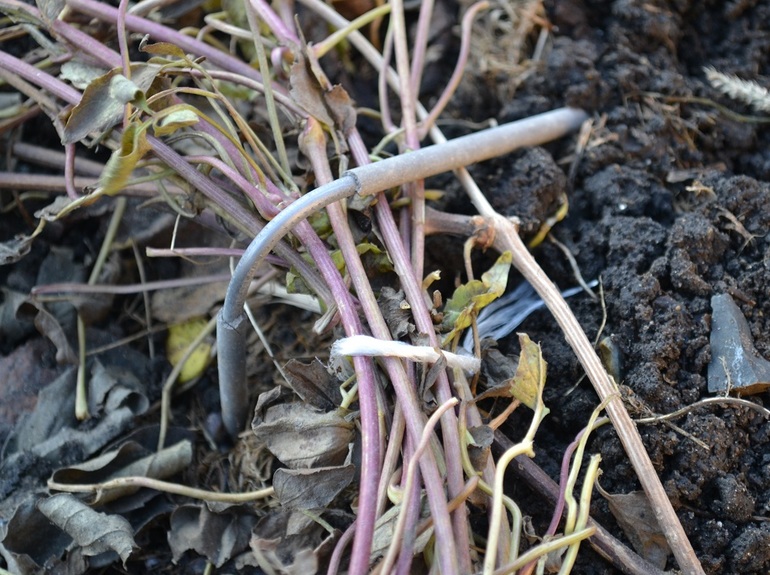
- Plants that bloom only on the shoots of the current year require a comprehensive fall pruning. These include the varieties Jacquman, Viticella and Integrifolia.
- Clematis, which bloom on last year's shoots, are not susceptible to forming pruning, but only cleaned of dead, sick or rotten branches. Processing such a culture, you need to leave shoots and flower buds for the next season. Among these plants are very tall varieties, as well as various forms of mountain, alpine and golden clematis.
- Varieties blooming twice a season are pruned slightly. However, this procedure is mandatory in preparation for wintering. Trimming lends itself to representatives of the Lanuginoza and Florida groups.
But the opinions of gardeners regarding pruning of the second and third type of plants differ. On the one hand, there are exceptions among different groups of clematis, and on the other hand, most varieties, supposedly flowering only on last year's shoots, are capable of blooming on both young and overwintered branches.
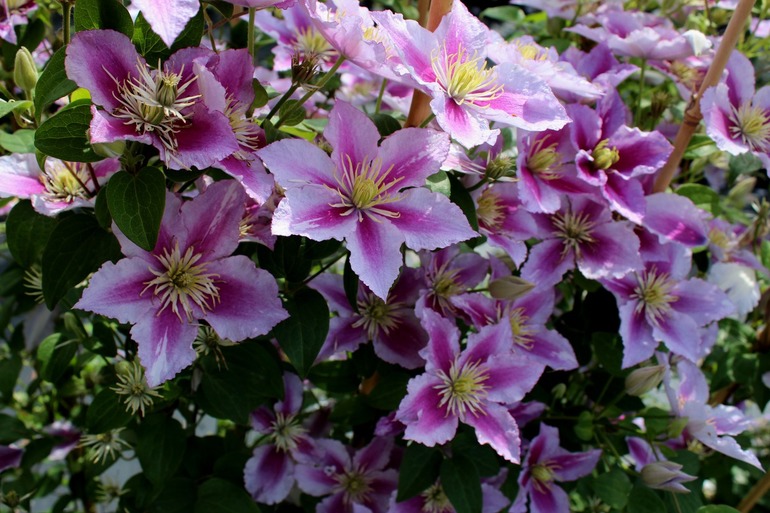
In any case, all varieties require regular sanitary maintenance and cleaning of dead, sick or fading shoots. Regardless of the type of flowering and autumn forming work, all bushes lend themselves to such procedures:
- Removing and cleaning all dry leaves, followed by destruction away from the vine.
- Removing dry shoots.
- Removing damaged branches that show signs of serious illness, as well as weak or low-productive shoots.
The specifics of pruning varieties that bloom on the shoots of the current year differ in other principles. For example, representatives of the Vititsela or Jacqueman group are cut off almost the entire length of the aerial part. The gardener needs to leave only short stumps, just above the soil level.
Shelter for the winter
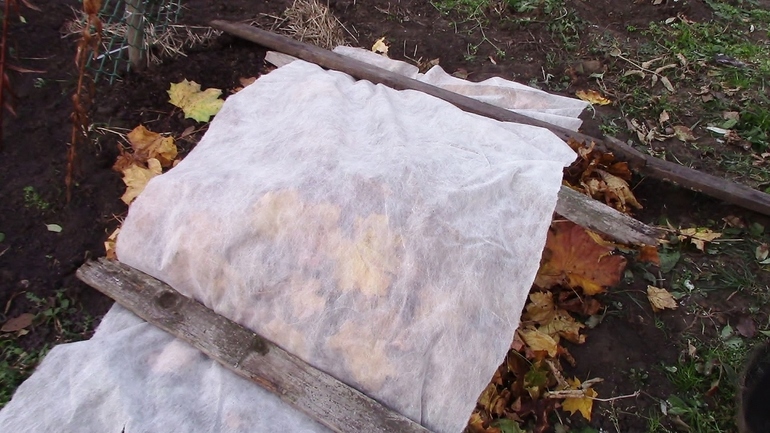
Every caring gardener needs to know how to shelter clematis for the winter in the suburbs. This procedure has many similarities with the shelter of grapes, and the only differences concern only the timing. The flower is warmed much later than the vine, usually in late October or early November. And residents of the southern regions can postpone the event even at the end of the fall season.
Despite the capricious nature, clematis can tolerate a serious drop in temperature, but only for a short period of time. If you do not shelter on time, open shoots will be affected by frost.
Before carrying out warming work, it is necessary to get rid of excess branches, as well as process the lashes of culture. Gardeners use different methods of insulation, which are selected taking into account various factors. The following options can be used as heat-insulating materials:
- Peat.
- Sawdust.
- Dry leaves.
- Artificial heat insulators.
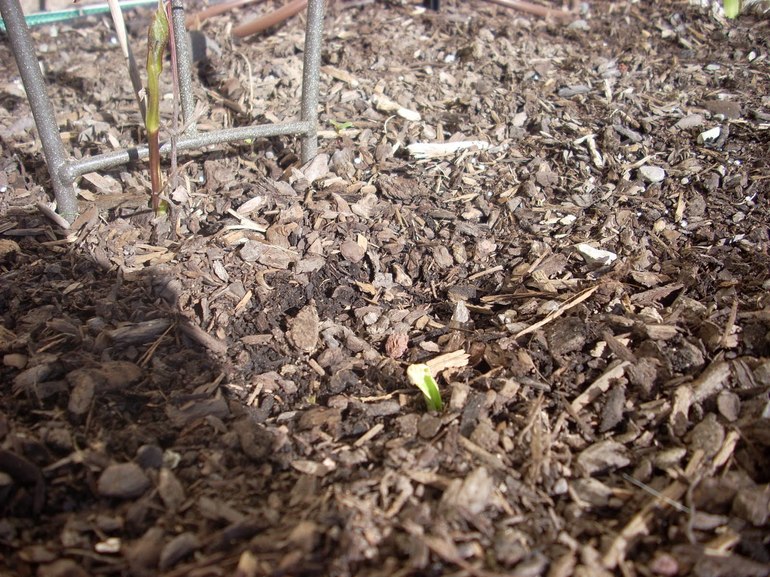
Dry earth can be poured over the insulation layer, and when snow falls - as much snow cover as possible. In this case, one must not allow excessively dense warming, since the plant must receive air even in the winter. If you do not comply with this rule, by the time spring arrives, clematis may become barred and die.
Methods of warming garden vines directly depend on its variety and features of the formation of flower buds. If flowering occurs on last year's shoots, you need to pay attention to the degree of resistance to frost varieties. Frost-resistant varieties are particularly in demand, which are able to tolerate winter without being removed from the support. Nevertheless, the plant needs autumn hilling, which will prevent freezing of the roots during severe frosts. The height of a slide made of peat or earth should not exceed 40 centimeters.In this case, the insulation material used must be dry, otherwise putrefactive processes will develop in it.
If flower stalks are formed on young and last year's shoots, after trimming, they must be removed from the supports and spud. The shoots are neatly folded into a ring, fixed on the soil, and then sprinkled with dry foliage. A layer of lutrasil or agrofibre is also placed on top of the formed hill.
Young plants
In addition to caring for old plants, every gardener should know how to prepare clematis for winter, whose age is 1-2 years. To preserve the culture from freezing in the open ground, you need to follow these measures:
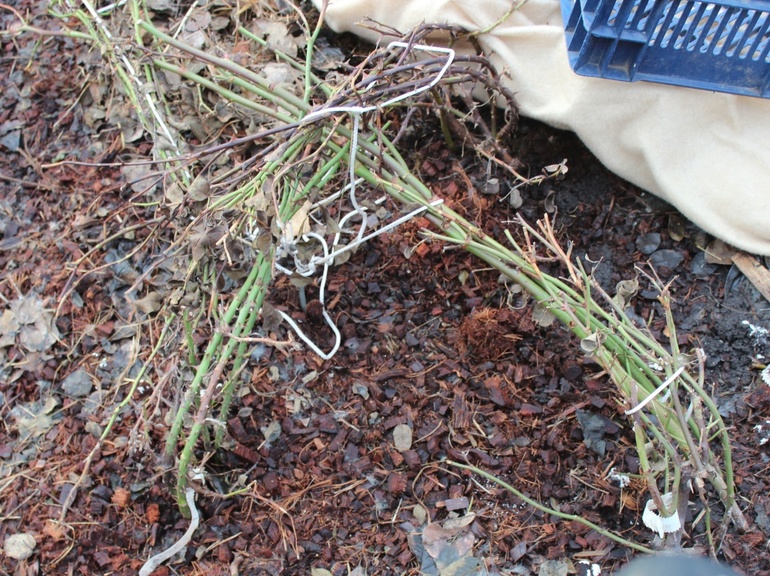
- With the advent of autumn, the lashes are cut off, and only 3-4 buds are left on the shoots. Moreover, the intensity of pruning remains the same for all varieties and methods of formation of peduncles.
- The bush is covered with branches, as well as polyethylene, which will protect it from excess moisture. Before this, a hill of earth is poured over it.
- A small young clematis is covered by a large flower pot, on top of which a spruce, wood shavings or sawdust is placed.
As for the specific care of clematis during the winter colds, then with proper and timely shelter, he will not be needed. However, if the temperature drops to critically low levels, and there is no snow, you will have to fill the bushes with any warming material, preferably lapnik or hay.

It is also impossible to exclude the likelihood of small rodents, usually mice, appearing under cover. If traces of their vital activity appear near clematis, it is necessary to scatter seedlings nearby or establish mousetraps. Otherwise, rodents will destroy healthy flower sprouts.
Removal of thermal insulation
You can begin to take cover from the bushes after the return of the warm season, even if there is a risk of night frost return. The real problem for the plant is excessive moisture or unexpected thaws. Such phenomena cause sprouting of sprouts due to the lack of fresh air. In most cases, the insulation layer is removed in April, but not all at once, but a small part, continuing the opening procedure until May. Clematis should gradually adapt to new conditions and begin active recovery after winter.
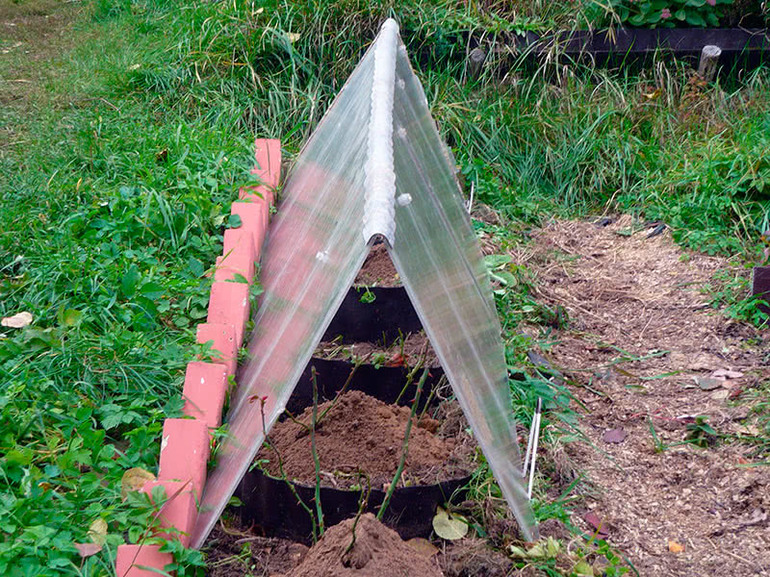
The process of removing the shelter takes place in several stages, which are divided by day. First of all, it is necessary to open the ventilation holes, making sure that the air temperature is stably comfortable. It is possible to remove polyethylene and the upper part of the insulation after the arrival of stable heat, when the risk of night frosts or snowfall will be completely eliminated.
But do not rush to remove the hilling layer. The plant must undergo a full adaptation to the new environment and only after a couple of days you can remove the mound. The remaining soil is removed only after passing the threat of repeated frosts. Often in the spring, the gardener discovers that the flower could not survive the winter and disappeared. But this does not mean that you need to dig up the root as soon as possible, since it is quite possible that in a few years it will recover and give healthy shoots. Activation of sleeping kidneys may contribute to this.
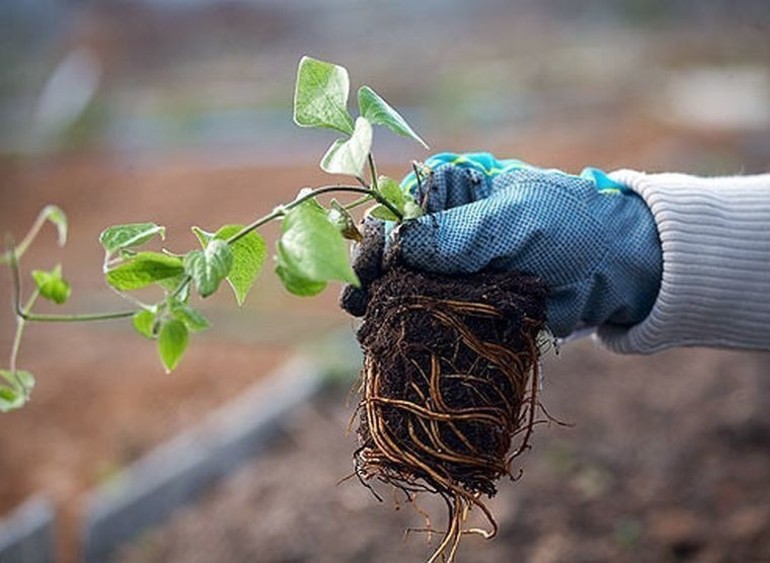
If during the summer season clematis does not show signs of life, it must be reliably insulated in winter. With the arrival of spring heat, it can shoot. Some gardeners transplant clematis after removing the shelter in the spring to a new place. It should be sunny and protected from shade with fertile soil.
Before planting a plant in new soil, you need to deeply loosen it. Such a measure is necessary for good drainage, which will become a good stimulation of the productive growth and development of the culture. Without fail, trellis should be installed, which will play the role of a support for the rapidly growing vine.
Useful Tips
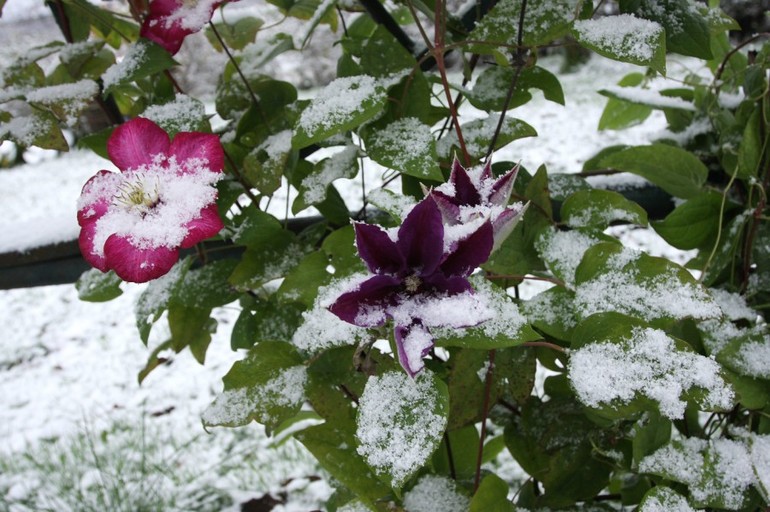
In the spring, clematis needs to provide balanced care, which will allow him to recover faster after a long winter, start metabolic processes and begin to form new shoots. In spring, the culture needs to be abundantly watered, as well as fed with all kinds of mineral or organic fertilizers. They should contain a lot of nitrogen, potassium and phosphorus, as it is necessary for a set of green mass and rapid growth.
Clematis are the most beautiful garden flowers that surprise gardeners with their unsurpassed beauty and long-term flowering. But, like other representatives of the exotic flora, they are a rather capricious plant with high requirements for the conditions of detention. Therefore, before you buy seedlings and plant them on a private shrink, you need to make sure of their winter hardiness and ability to grow in the middle lane. Such varieties as Leningradsky, Kardinal and Clematis Beata are excellent for such an area.
In order to grow healthy and beautiful clematis in the garden, you need to properly care for them, as well as do all the procedures relating to pruning, storage in winter, opening in spring, and so on. In this case, the liana will thank the grower with unsurpassed flowering and good health.

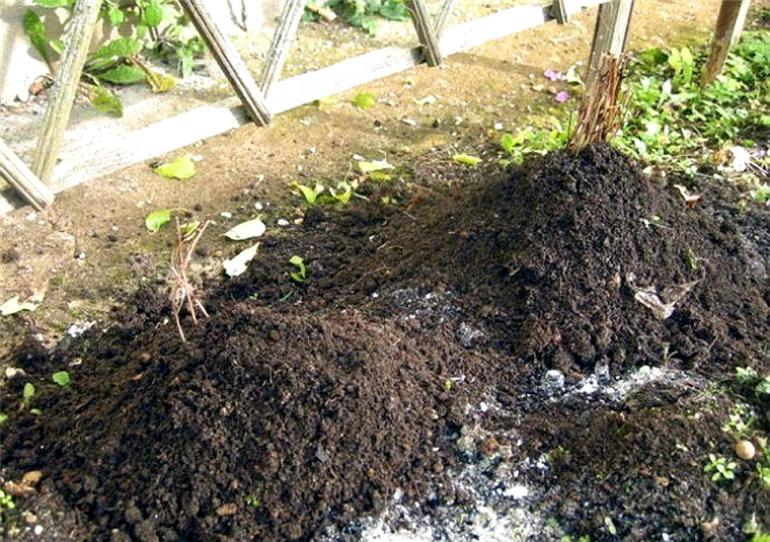
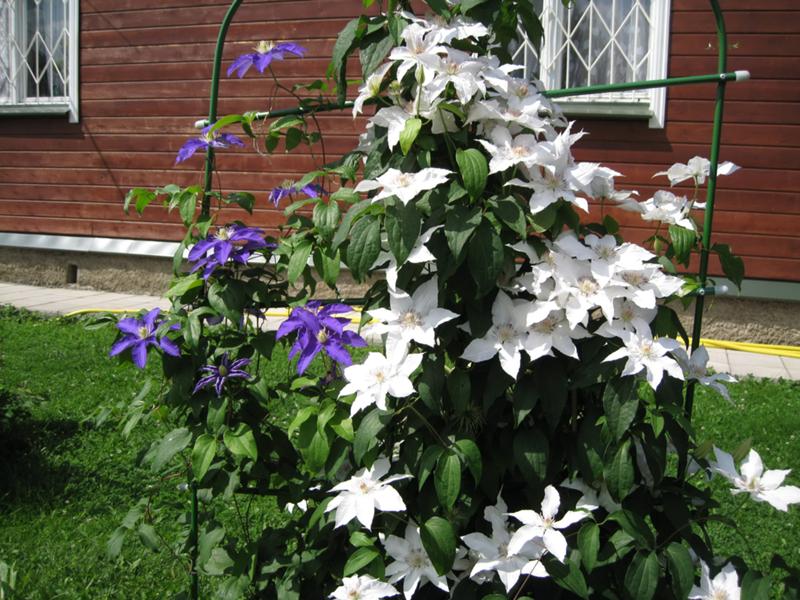
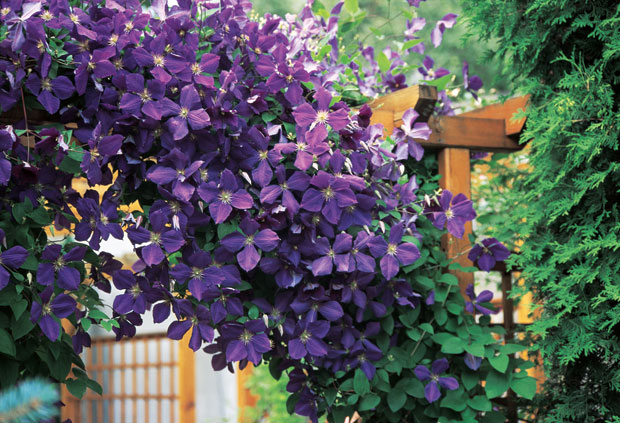
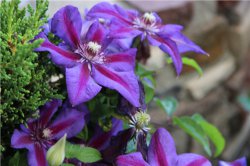 Clematis - the best varieties for the Moscow region
Clematis - the best varieties for the Moscow region